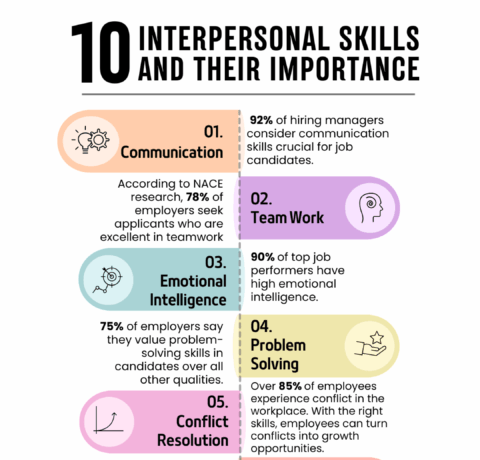How the World of Work is Changing Infographic
The workplace of today looks dramatically different to the workplace of yesteryear. Besides obvious technological changes – computers replacing typewriters and machines replacing people – social change has ushered more women into what used to be predominantly a man’s world.
It all began during World War I and II. Prior to that, a woman’s life was centred around the home. Some single women were teachers, nurses or secretaries, but the most working class women were confined to the textile mills. As men were conscripted to fight, women had to make up the labour shortage. In the UK, female munitions workers rose from 412,000 to 1,647,000 between 1914 and 1918. In the US, propaganda posters bearing images like Rosie the Riveter during WWII encouraged the idea that it was patriotic for women to work in traditionally unfeminine jobs.
As was the case after both wars, many women had to give up their new jobs for returning servicemen.
However, the post-war periods of the late 1940s and 50s saw sustained economic growth, and such growth needed women. In the US, 28% of women were working in 1940. By 1945, over 34% of women were in the workforce. In the UK, the rise of the welfare state saw women welcomed into the workplace, albeit in traditionally female-orientated roles. Nurses, midwives and clerical staff were all needed for the National Health Service.
Yet despite more women in the workplace, they were still deemed as secondary workers, earning less than men. Female civil servants had to resign from their jobs when they got married. This was known as the marriage bar, which was removed in the UK in 1945 and in Ireland in 1973.
In June 1968, female machinists at the Ford Motor Company plant in Dagenham took strike action wanting a pay increase to 92% of the male wages. The strike lasted 3 weeks and gained publicity across the country as Barbara Castle, the Secretary of State for Employment and Productivity, intervened. This mobilisation eventually led to the introduction of the Equal Pay Act 1970 – the first legislation in the world focusing on equal pay.
The world of work is no longer a man’s world – yet some sectors are still heavily gender biased. Technology is still predominantly male orientated, and the pay gap still stands at 19.1%.
It’s not just women who have felt the effects of social change. According to a Race for Opportunity report, despite one in ten people in the UK being from an ethnic minority background, only one in thirteen are in management positions. And according to a report by Cranfield University, ethnic minority male and female directors make up only 5.5% of all directors in FTSE 100 companies.
As we move to an age where diversity will be considered the norm, change will come with the help of further legislation, initiatives and schemes. To see how else the world of work has evolved, check out the infographic below.
What will the world of work look like for future generations?







You can adjust your cookie preferences here.